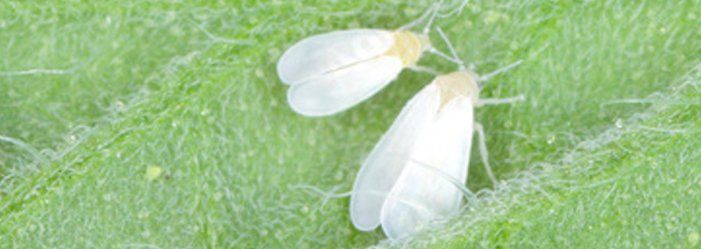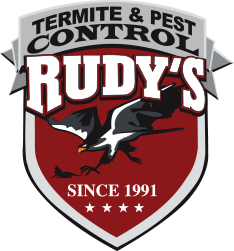Approximately five years ago, here in the Coachella Valley, we experienced a valley wide invasion of whiteflies. Guess what? They’re back!

If you have a Ficus hedge, chances are you’ve seen this pest and experienced the detrimental effects it had on your Ficus plants. Despite their name, whiteflies are not flies, they are in the order Hemiptera and are more closely related to aphids, mealybugs and scale.
The University of California Integrated Pest Management Program (UCIPM) tells us that whiteflies develop rapidly in our warm climate, and populations can grow quickly when natural predators are minimized from environmental conditions. Whiteflies breed all year long in our warm climate here in the low desert areas of California.
Why should I be concerned? Whiteflies seem to target the host plant Ficus nitida, which is the dominant plant we use for privacy hedges here in the Coachella Valley. Natural enemies seem to be ineffective when weather and host plants favor outbreaks. Whiteflies are considered piercing, sucking insect pests that use their needlelike mouth parts to suck sap from the phloem, which is the vascular tissue in the plant stems and leaves. Excessive populations can cause leaves to turn yellow, dry out, and fall off the plant.
Whiteflies excrete a sweet sugary substance called honeydew, similar to aphids, leaving the leaves sticky. This honeydew can turn into a black sooty mold and attract ants, which minimize natural enemies that could control whiteflies.Heavy infestations are extremely hard to manage, and due to warmer winter conditions caused by global warming, populations are not being naturally minimized by colder temperatures and/or frost conditions. These increased populations of constant breeding whiteflies are too vast for natural predators to have an impact.
Use of insecticides are the best option here. Even though they do have a negative impact on beneficial insects and pollinators, the control benefit outweighs this negative impact. We can say that pollinators are not usually affected due to the fact that Ficus don’t have a prolific bloom period and don’t attract a lot of pollinators. The use of insecticidal soaps and/or Neem oil can also have negative impact on beneficials as well, and those do not provide adequate control of whiteflies.
Insecticide management of whiteflies may need more than one treatment for optimal control. We utilize two insecticides for our management program. We combine a topical insecticide with a systemic insecticide along with a surfactant and have had tremendous success with one application. However, two applications should be considered.
So go out and check your Ficus for whiteflies by simply shaking the plant. If you see little white things flying around, your plants are most likely infested. You can also look at the leaf’s underside. If you see whitish brown circles, that is another indication that you have a whitefly infestation.
If you have any doubts, you can call us at (760) 8-PLANTS, and we’ll be happy to perform a landscape/plant health inspection for you. After all, your landscape is an important factor in your property’s value. Learn more about our plant health inspections at www.RudysPlants.com.



